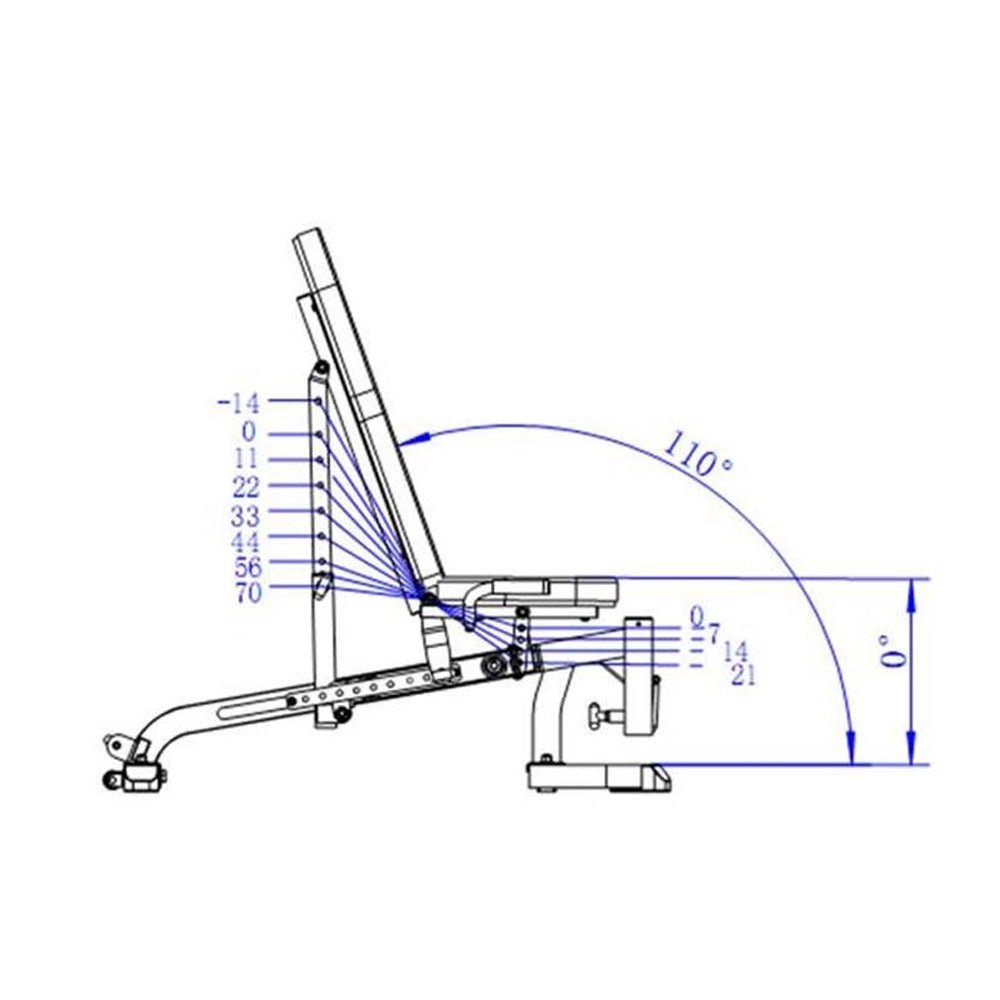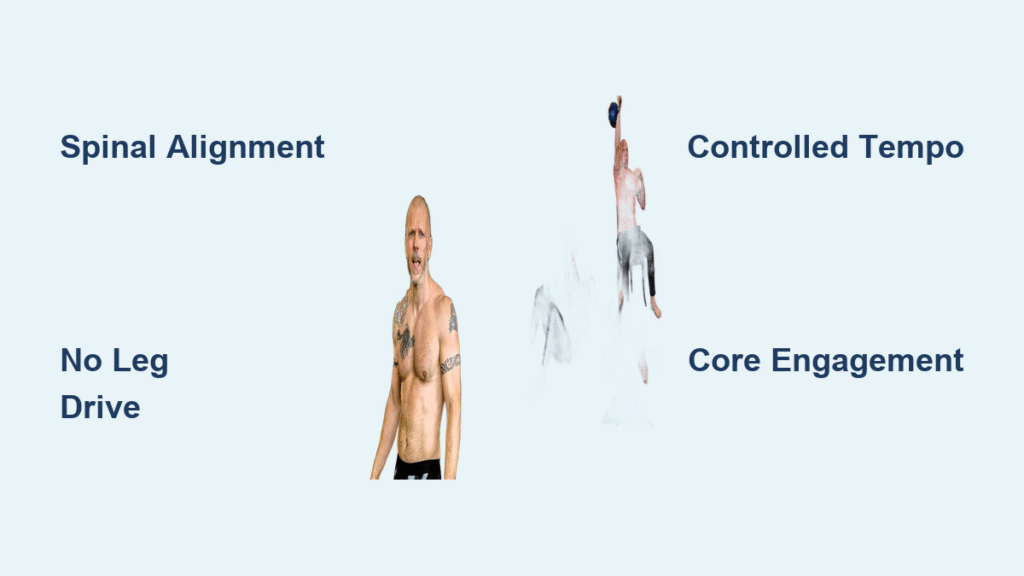You’re stuck on the couch during knee rehab, chained to a desk for 10 hours daily, or simply tired of your legs dominating every lift. Whatever keeps you seated, don’t resign yourself to wasted training days. Seated kettlebell exercises deliver serious upper-body muscle growth and core stability while completely eliminating lower-body involvement. This isn’t a compromise—it’s a strategic advantage for isolating your lats, shoulders, and arms with pure mechanical tension.
When standing movements aggravate injuries or introduce cheating through leg drive, seated kettlebell training becomes your secret weapon. You’ll build shoulder stability that transfers directly to standing presses, develop a bulletproof rotator cuff, and maintain metabolic conditioning without stressing healing tissues. In this guide, you’ll discover exactly which exercises move the needle, how to set up for maximum safety, and sample workouts proven effective for injury recovery and strict strength building.
Optimal Seat Selection for Spinal Safety

Bench vs. Chair: Critical Stability Factors
Skip wobbly dining chairs that encourage spinal compensation. A utility bench set at 15-20 degrees incline with a T-shaped base provides essential back support while preventing dangerous rocking during presses. If using a chair, place rubber feet underneath and test stability by pressing firmly against the seatback—zero movement should occur. For floor variations (like extended-leg deadlifts), use a yoga mat to cushion hips while maintaining neutral spine alignment.
Weight Selection Protocol for Injury Safety
Start with 12kg kettlebells for compound lifts like rows and presses—this challenges most adults without compromising form during recovery phases. Keep 8kg bells ready for high-rep core work like figure-8s where coordination matters more than load. Adjustable kettlebells solve space constraints: use 16kg for rows, then quickly drop to 12kg for strict presses without swapping equipment. Never sacrifice spinal alignment for heavier weights—your rehab progress depends on clean movement.
Exact Seated Positioning Checklist
Plant feet hip-width apart with flat soles firmly on the floor. Press your entire spine against the backrest while imagining a string lifting your crown toward the ceiling. Before each rep, consciously relax your quadriceps and glutes—your legs should feel completely passive. If space appears between your lower back and the pad during presses, you’re extending dangerously; reset by scooting deeper into the seat.
Posterior Chain Activation Without Standing
Seated Deadlift: Your Lower-Back Savior
Place the kettlebell on the floor between your feet. With arms straight, hinge forward at the hips until your torso approaches parallel with the ground. Drive upward through your upper back (not your legs), squeezing shoulder blades hard at the top. This movement becomes your primary posterior-chain builder when standing lifts are off-limits. Perform 3 sets of 10 reps with moderate weight, keeping your core braced like preparing for a punch.
Figure-8 Core Weaves for Anti-Rotation
Lean forward slightly with chest over thighs, then weave the kettlebell in continuous figure-8 patterns around both legs. Start with 8kg to master the coordination before increasing load. This isn’t just cardio—it forces your obliques to resist rotation while maintaining spinal neutrality. Critical cue: Keep your hips glued to the seat throughout; any rocking means you’ve lost core engagement. Complete 2 sets of 10 smooth weaves per direction.
Heavy Rows That Build Bulletproof Lats
Single-Arm Bent-Over Rows for Max Muscle Recruitment
Hinge your torso to 45 degrees while maintaining contact with the backrest. Pull the kettlebell toward your lower rib cage with your elbow driving straight backward—not upward—until your wrist touches your torso. Lower under strict 5-second control to maximize time under tension. This variation isolates lats better than double-arm rows while reducing shoulder strain. Perform 3 sets of 8 reps per side with moderate-heavy weight.
Double-Arm Shrug Technique for Trap Dominance
Hold a single kettlebell vertically in front of your body with both hands. Elevate your shoulders straight toward your ears (not forward), pause for 2 seconds at the top, then lower under control. This front-loaded position creates constant tension across both traps simultaneously unlike barbell shrugs. When 15 reps feel easy, add a 3-second pause at the peak contraction or increase weight by 4kg.
Strict Pressing Power Without Leg Drive

Single-Arm Shoulder Press for Unilateral Strength
Place the kettlebell in rack position resting on your forearm. Press vertically until your elbow locks out while keeping the bell close to your face—imagine pulling the handle apart to create tension. The seated position eliminates leg drive cheating, forcing pure shoulder strength. Stop immediately if you feel shoulder impingement; reduce range of motion to your pain-free zone or switch to a neutral grip. Aim for 3 sets of 6 reps per arm with moderate weight.
Chest Press Eccentric Overload
Hold the kettlebell at chest height with both hands. Press straight out until elbows lock, then take 5 full seconds to lower back to start position. This extended eccentric phase triggers significant hypertrophy even with lighter weights. Keep your entire back pressed against the support—any arching in your lower back transfers load to your spine. Complete 3 sets of 8 reps with controlled tempo.
Arm Isolation That Actually Works
Reverse Curl for Complete Arm Development
Use an overhand grip on the kettlebell handle and curl toward your shoulder while keeping your elbow stationary. This hammer-style variation targets the often-neglected brachialis muscle for fuller arm development. Support your working arm on your thigh if needed to eliminate body swing. Perform 2 sets of 12 reps with light weight, focusing on the 3-second lowering phase.
Overhead Triceps Extension Tempo Hack
Hold the kettlebell with both hands overhead, then lower it slowly behind your head until your elbows reach 90 degrees. Extend powerfully to lockout while keeping your upper arms stationary. Use a 3-1-1 tempo (3 seconds down, 1-second pause, 1-second up) to transform 8kg into a brutal triceps burner. Complete 2 sets of 12 reps with strict form—no leaning backward to cheat the movement.
Core Stability Through Anti-Rotation
Elevated Russian Twists for Oblique Fire
Hold the kettlebell at chest level while seated. Lift your feet 2-4 inches off the ground to eliminate hip flexor assistance, then rotate your torso side-to-side while keeping hips square. This elevation transforms a basic twist into a serious core challenge. Perform 2 sets of 20 total rotations (10 per side) with light weight, moving smoothly without momentum.
Static Shoulder Hold for Bracing Power
Hold the kettlebell with both hands just above your shoulder without touching your body. Your entire torso must resist the bell’s pull sideways through maximum tension. Hold for 20-30 seconds per side with light weight, focusing on squeezing your abs like a steel cylinder. Repeat for 3 sets—this isometric drill builds the core stability needed for heavy standing lifts.
Sample 20-Minute Injury-Friendly Workout
Complete this HIIT circuit for full upper-body conditioning when lower-body mobility is limited:
- Seated Deadlift: 40 seconds work / 20 seconds rest
- Single-Arm Shoulder Press: Alternate arms
- Seated Figure-8 Weave: Maintain strict spinal alignment
- Chest Press: 5-second eccentric lowering
- Torso Twist: Feet elevated off floor
- Overhead Triceps Extension: 3-1-1 tempo
- Double-Arm Shrug: 2-second peak contraction
Complete two full rounds with no rest between exercises. This sequence builds strength, burns fat, and maintains joint health without standing—a perfect solution for desk workers or injury recovery.
Progression Without Compromising Safety
Advance your seated kettlebell training only when you’ve mastered these benchmarks: Complete 3 sets of 12 perfect reps with current weight, maintain neutral spine throughout all movements, and feel zero joint strain. Then progress by: increasing weight by 2-4kg increments, reducing rest periods to 30 seconds, adding 5-second eccentrics, or decreasing seat back angle to increase core demand. Critical recovery rule: Allow 48 hours between sessions targeting the same muscle groups—your joints need this recovery window even when seated.
Critical Mistakes That Derail Progress
Lumbar hyperextension during presses creates dangerous spinal shear forces. If you see space between your lower back and the seatback, reset immediately by pressing your spine flat against the support. Leg drive creeping in defeats the entire purpose—consciously relax your quads before each rep; if your heels lift during presses, you’re cheating. Holding your breath reduces power output by 20%—exhale forcefully during the lifting phase while bracing your core like preparing for impact.
Final takeaway: Seated kettlebell exercises transform physical limitations into strength-building opportunities. Whether you’re rehabbing a torn ACL or breaking free from desk-bound stagnation, these movements build functional upper-body power that transfers directly to standing lifts. Start with the 20-minute circuit using 12kg, master spinal alignment, and progress systematically—you’ll gain strength where it counts without risking re-injury. Your path to upper-body dominance begins exactly where you’re sitting right now.




